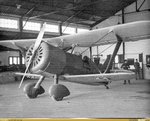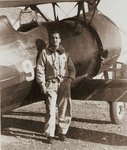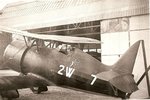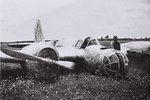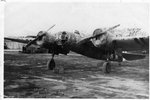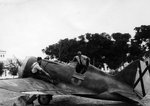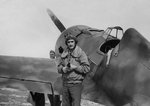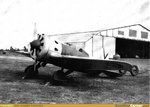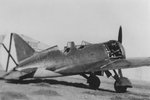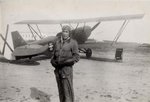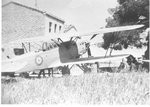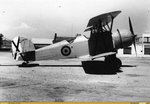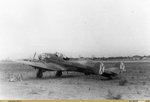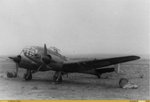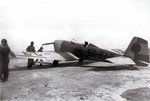- Thread starter
- #81
Although direct Soviet involvement in the Spanish Civil War was over by the end of 1938 Stalin approved the delivery of three batches of I-152s in response to a request for assistance from the Commander-in-Chief of the Republican Air Force. Of these 93 aircraft one batch of 31 reached Spain, and in January 1939 was formed into three squadrons of nine aircraft. Sadly these aircraft arrived too late to have any impact on the fighting. They weren't involved I any clashes with Nationalist aircraft, and suffered no combat losses. Two were lost in accidents and the remaining 29 escaped to France. Twenty of these aircraft were later returned to Spain, where they remained in front line use until the mid 1940s, and were used for secondary duties until 1954.
Attachments
Last edited:

